Throughout lockdown, I’ve looked at my camera display cupboard every day. The fact that I can see my collection easily from my home desk is one of the perks of WFH. The Purma Special looks particularly pretty sitting there, and I’ve often wondered if it can be a serious picture-taking machine in 2021. As the government restrictions began to ease, I planned to find out.
When the Purma Special was introduced in 1937 it cost 50 shillings, which equates to about £170 in 2021. I’m guessing that was mid-range in the market — about five times the price of a box brownie but a tenth of the price of a Leica. For a point & shoot with no external controls, the premium had to be justified with the sleek art deco styling. It’s made almost entirely out of Bakelite, including the snap-on back and the sprung retractable lens tube.
127 film is quite easy to obtain, in the form of Rera Pan 100. You just have to be a bit careful with the spools. The central shaft is metal but the flanges are made of thin brittle plastic. They can snap easily, and one time a flange simply fell off while I was loading the camera, causing some ‘light piping’ along the whole length of the film. The Purma Special shoots sixteen 31mm square images on a film that’s 46mm wide, so there’s a substantial border either side.
The Weirdest Shutter of any Camera
The square format enables the camera’s USP, which is three different shutter speeds selected by holding the camera at a different orientation. ‘SLOW’ and ‘FAST’ markings either side of the viewfinder are a useful reminder of which way to hold it. The weighted sliding shutter hits its end stop with a mighty “Thunk!” noise, particularly on the ‘FAST’ speed where the travel is assisted by gravity. It shakes the camera enough for you to easily see the ‘kick’ through the viewfinder. Thankfully that bit happens after the image is captured, so it doesn’t cause any blurring.
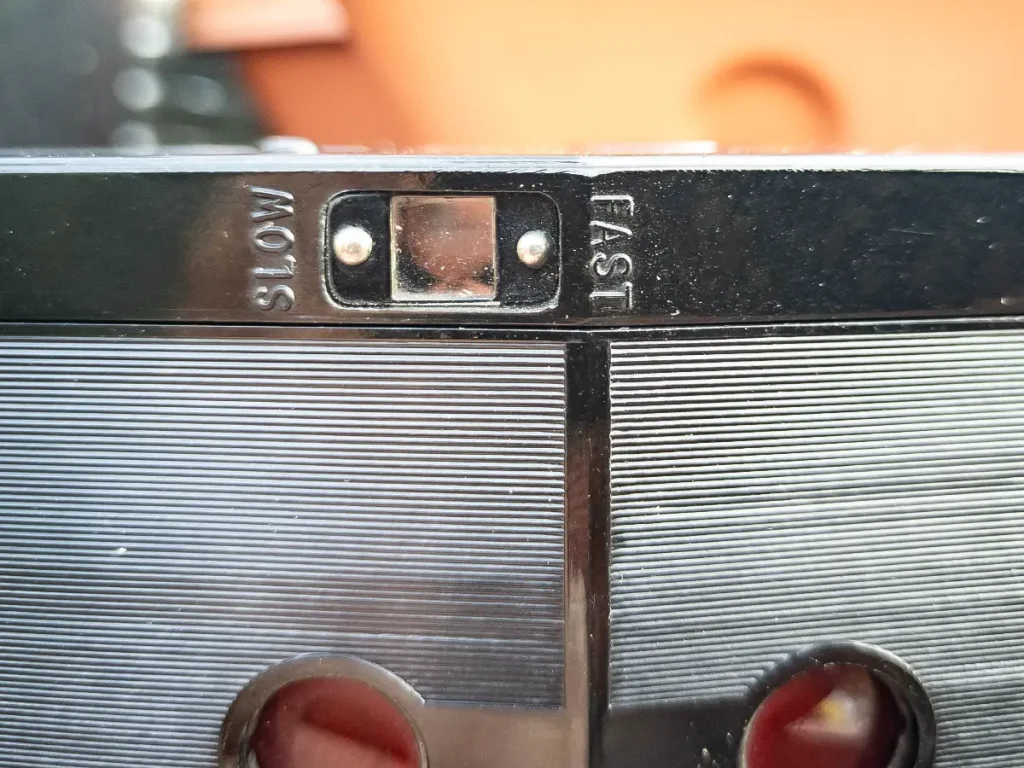
The retractable 57mm lens is an anastigmat with three elements in three groups. The aperture is fixed — actually it’s just a brass washer between the lens elements. At f6.3 it’s quite open, so the depth of acceptably sharp focus isn’t going to be huge. I disassembled the lens for cleaning, and when I put it back together I set the sharpest focus to about 20 feet away. Unsurprisingly, objects at infinity are noticeably out of focus. This is not an all-purpose camera.
Having three shutter speeds to choose from is better than just having the one, but they are strangely spaced. Slow is 1/25s, medium 1/125s, and fast is 1/450s. The 2-and-a-bit stops between slow and medium can feel like a yawning chasm, leading you to re-compose to try and get an achievable exposure. With no tripod socket, you’d better hold your breath and wish you could turn to stone on the slow setting.
Into the city
I finally got the chance to take the camera for a wander around the almost-deserted centre of Norwich just after sunrise on a sunny April morning. I found what I was looking for — bright low sun that made for interesting shadows and reflections on the mixture of modern and medieval buildings in the city centre.
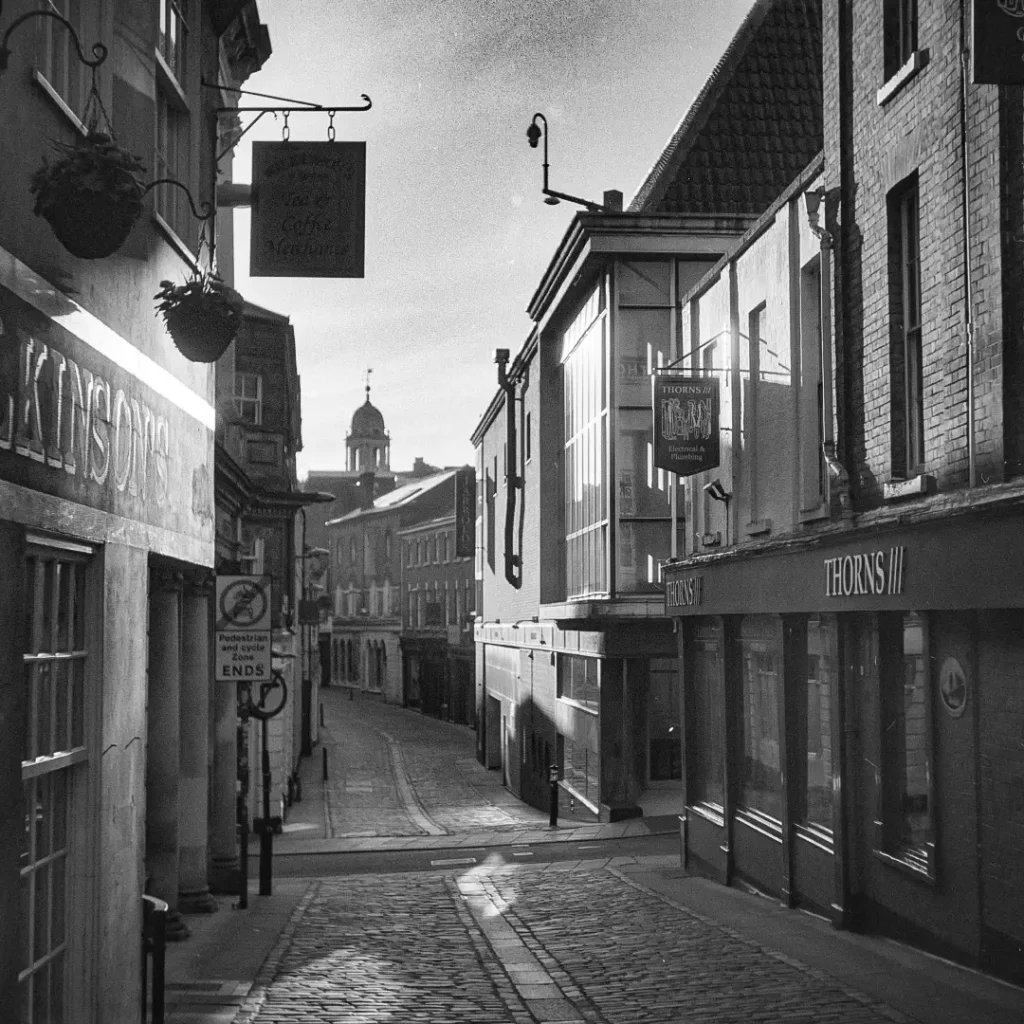
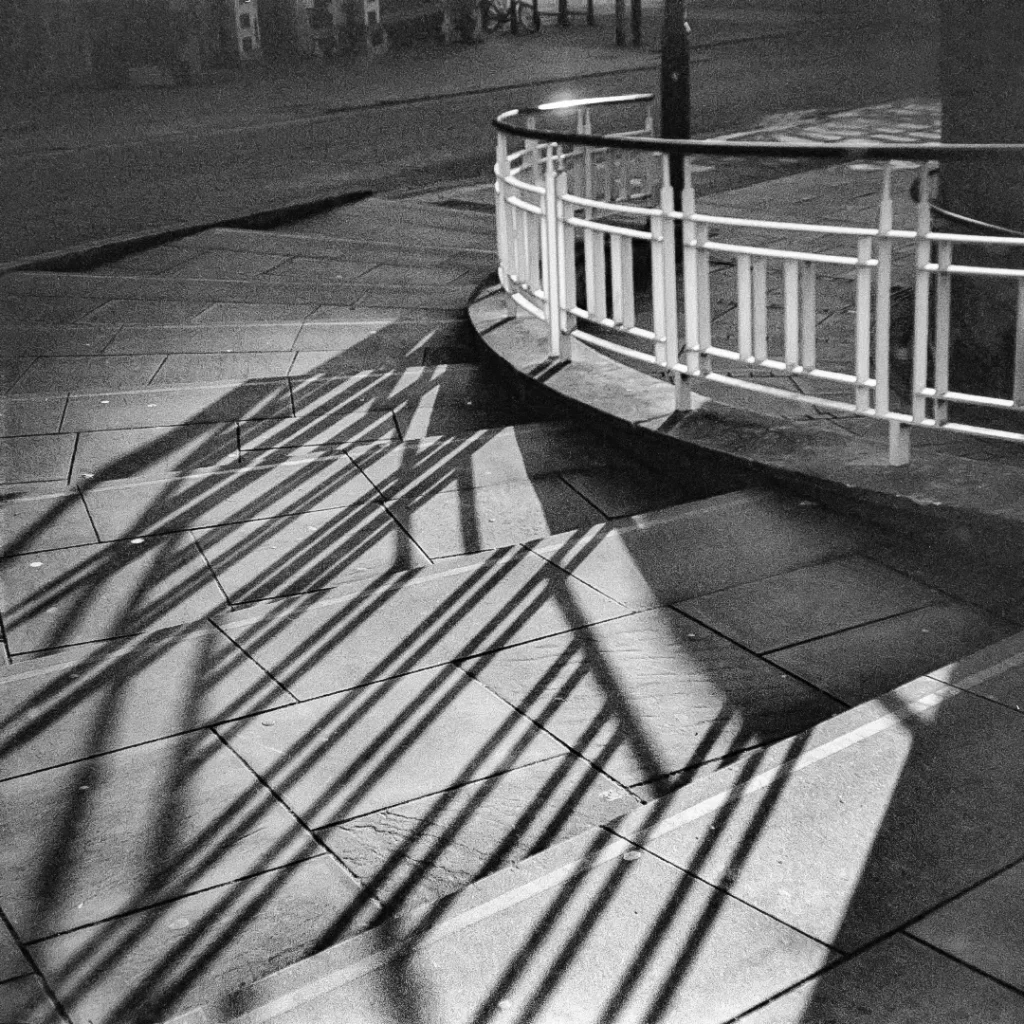
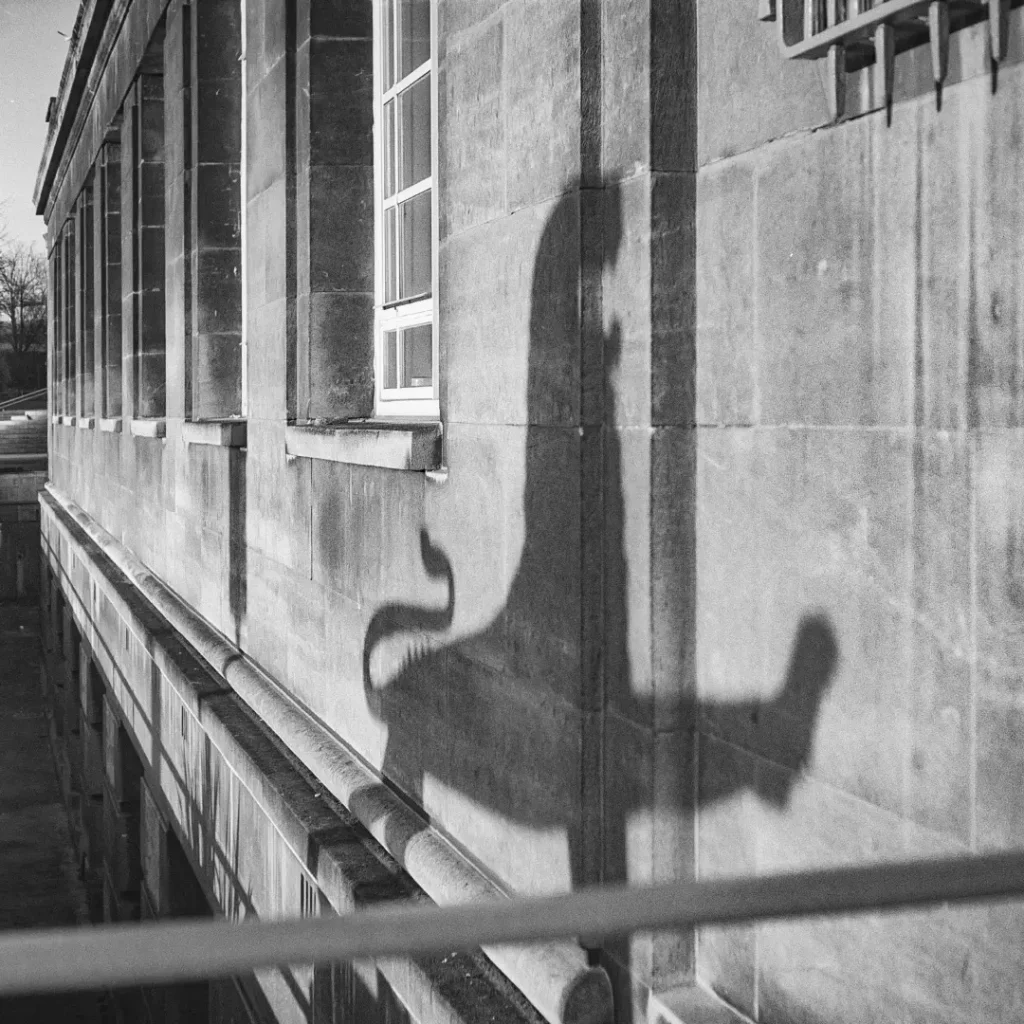
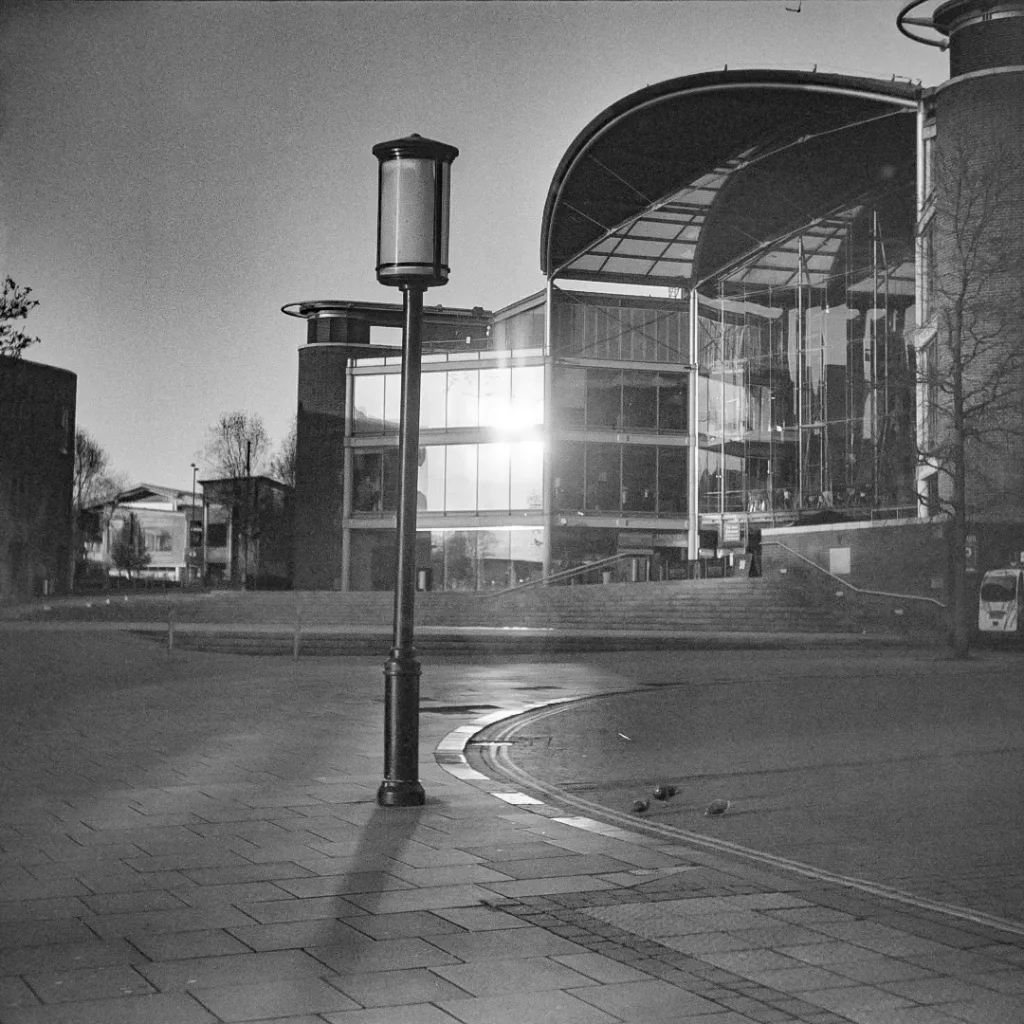
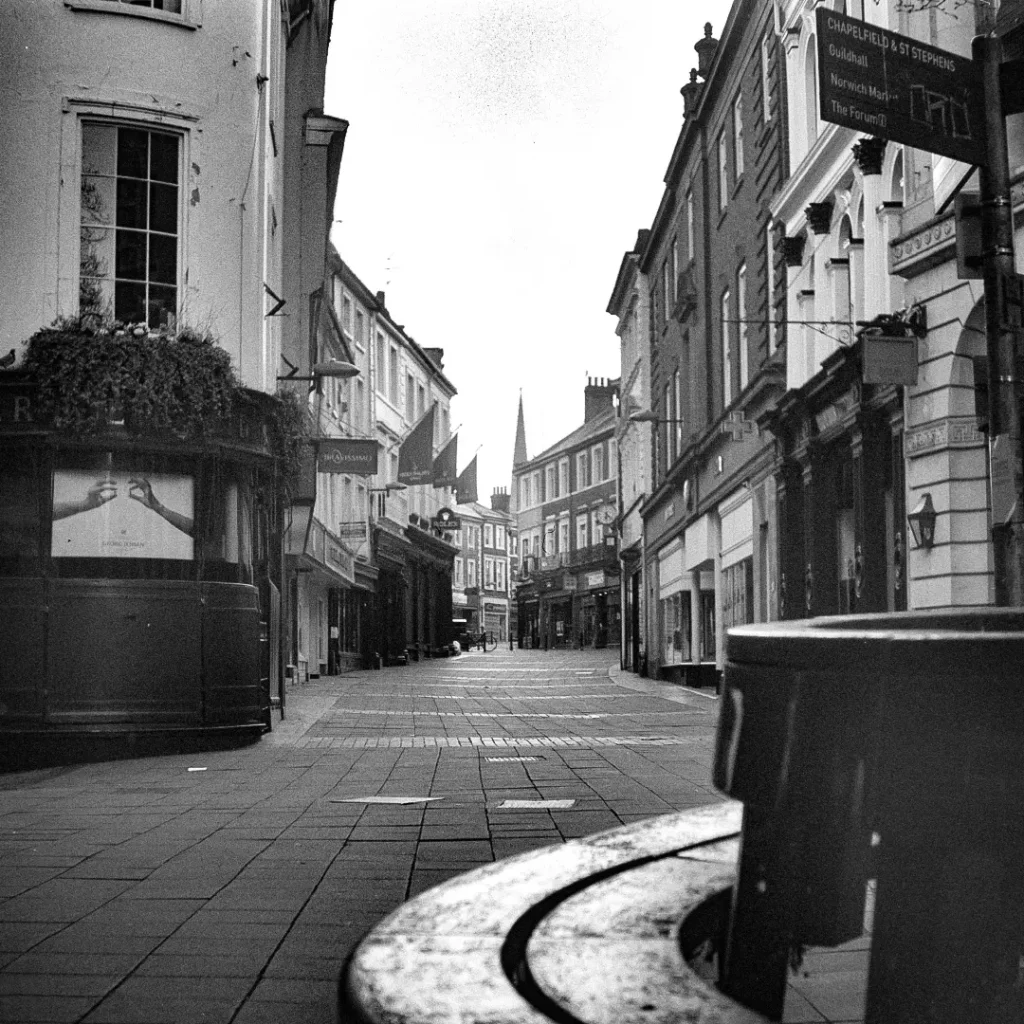
Developed in ID-11 at box speed, the film gives pleasing results, although the contrast is fairly low. Some work in Photoshop is necessary to make the scene look as you remembered it through the viewfinder. Grain is noticeable, but remember that in spite of technically being medium format, the image area is barely any larger than 35mm full-frame. The orientation of the image on the negative gives away the shutter speed used, so it’s a form of analogue metadata.
Will I use it again? Certainly. Its alluring mixture of beauty and technical weirdness means it’s too good to leave on the shelf.
Share this post:
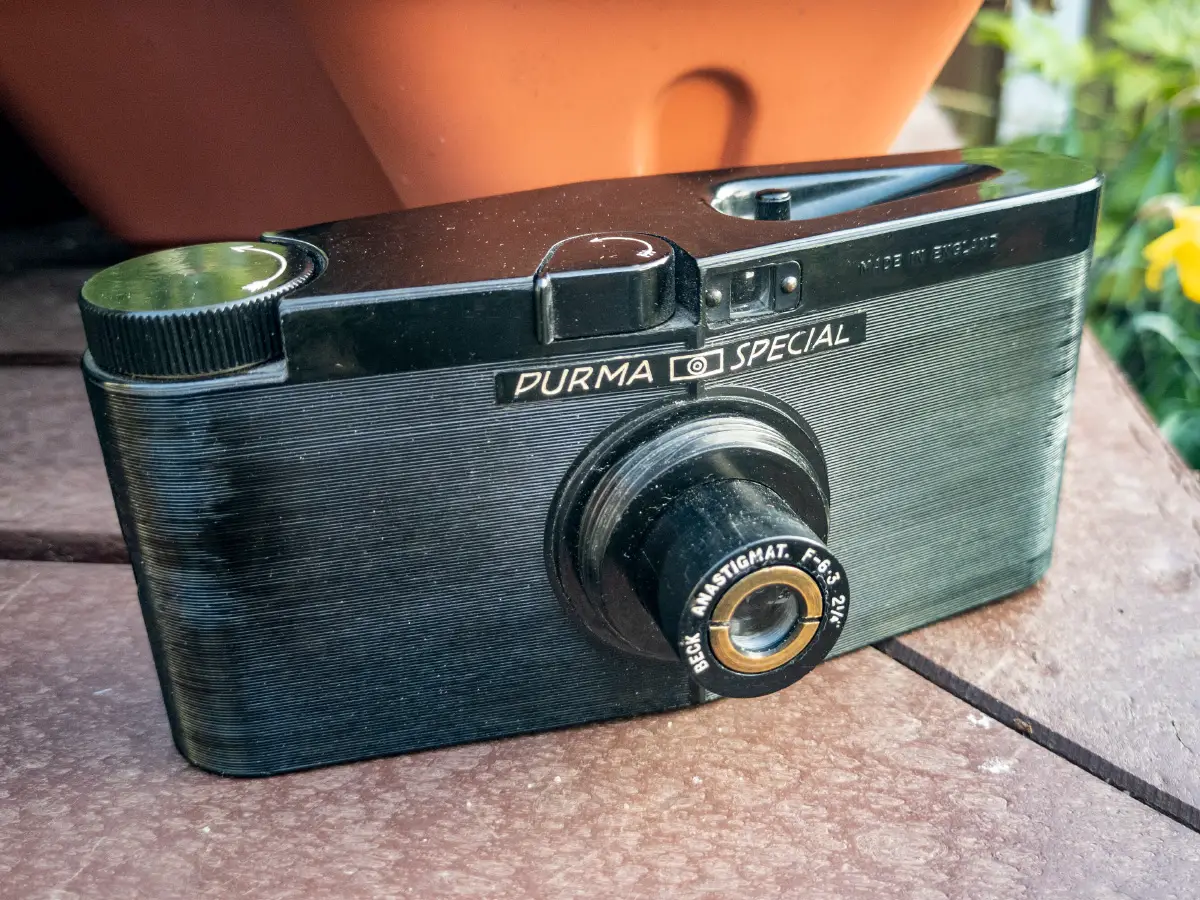
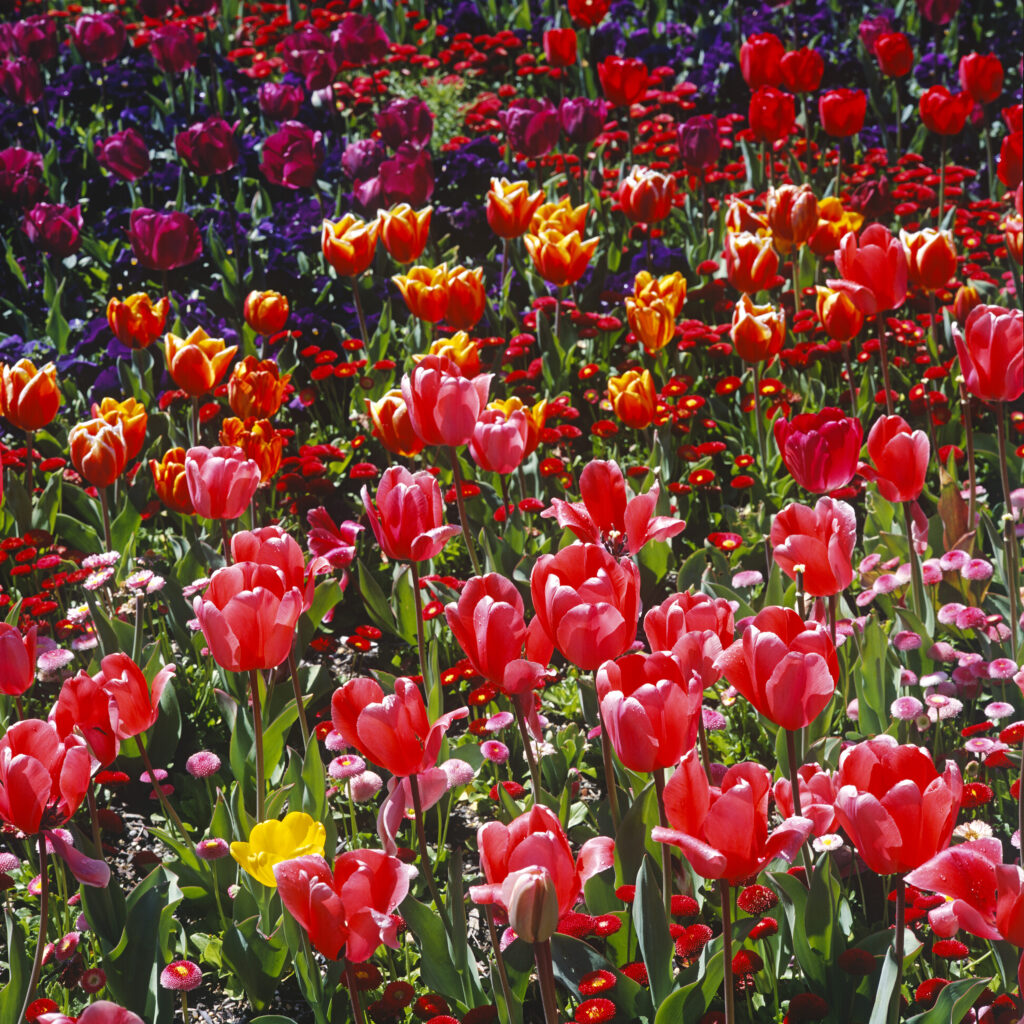
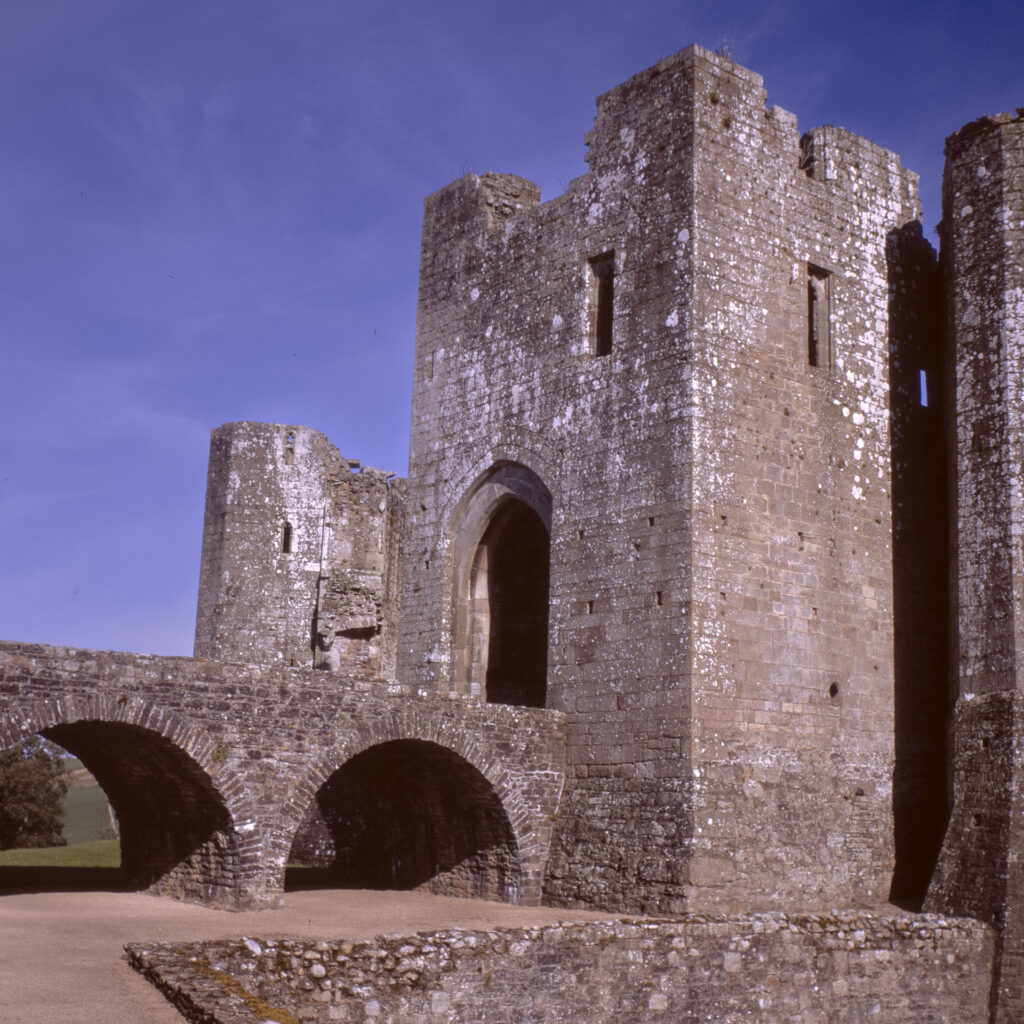
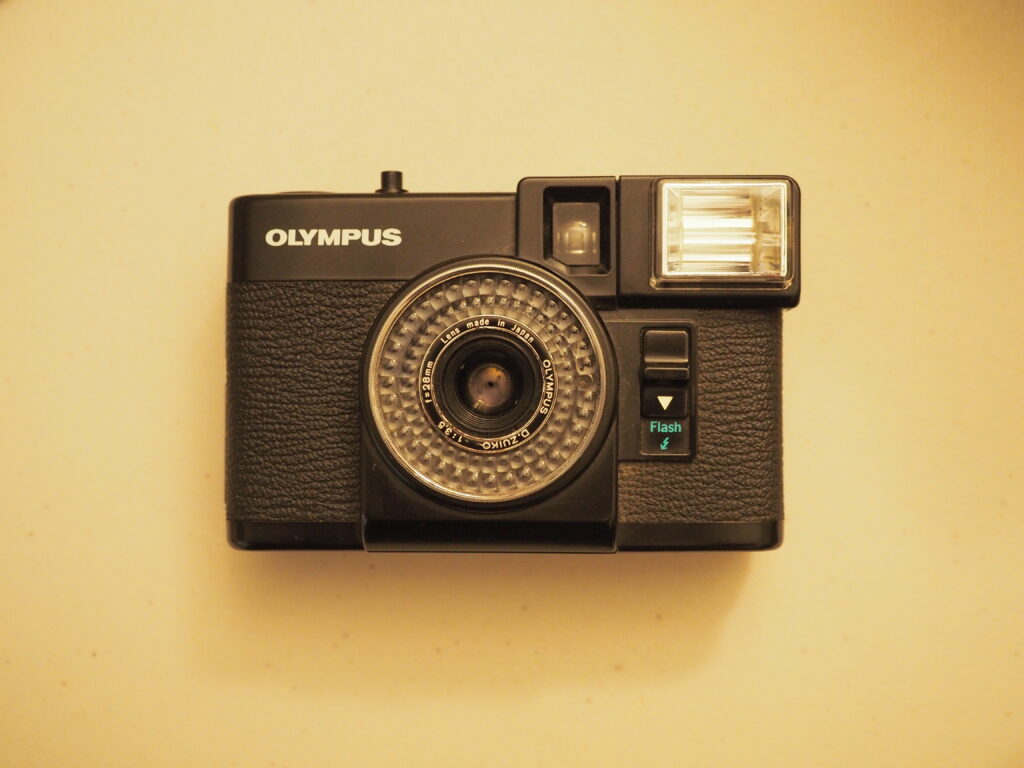
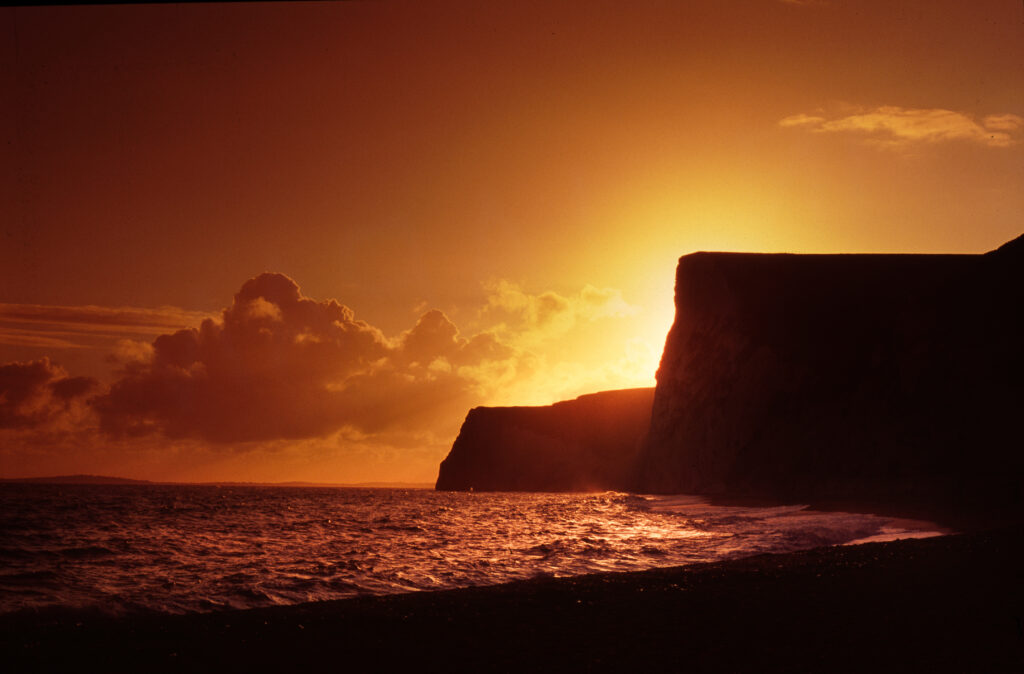




Comments
Paul Brant on 5 Frames around Norwich with a Purma Special and Rera Pan 100 – By Stuart Jenkins
Comment posted: 15/05/2021
After seeing your results I feel a little guilty and now determined to give one a try.
Thanks again
Comment posted: 15/05/2021
John Fontana on 5 Frames around Norwich with a Purma Special and Rera Pan 100 – By Stuart Jenkins
Comment posted: 15/05/2021
Comment posted: 15/05/2021
Comment posted: 15/05/2021
Comment posted: 15/05/2021
Dave on 5 Frames around Norwich with a Purma Special and Rera Pan 100 – By Stuart Jenkins
Comment posted: 15/05/2021
Comment posted: 15/05/2021
Comment posted: 15/05/2021
Comment posted: 15/05/2021
E. Scherer on 5 Frames around Norwich with a Purma Special and Rera Pan 100 – By Stuart Jenkins
Comment posted: 15/05/2021
Comment posted: 15/05/2021
Brian Nicholls on 5 Frames around Norwich with a Purma Special and Rera Pan 100 – By Stuart Jenkins
Comment posted: 15/05/2021
Comment posted: 15/05/2021
Kurt Ingham on 5 Frames around Norwich with a Purma Special and Rera Pan 100 – By Stuart Jenkins
Comment posted: 15/05/2021
Comment posted: 15/05/2021
Peggy Marsh on 5 Frames around Norwich with a Purma Special and Rera Pan 100 – By Stuart Jenkins
Comment posted: 15/05/2021
Comment posted: 15/05/2021
Bud Sisti on 5 Frames around Norwich with a Purma Special and Rera Pan 100 – By Stuart Jenkins
Comment posted: 15/05/2021
Comment posted: 15/05/2021
Emma on 5 Frames around Norwich with a Purma Special and Rera Pan 100 – By Stuart Jenkins
Comment posted: 15/05/2021
Comment posted: 15/05/2021
Holly Gilman on 5 Frames around Norwich with a Purma Special and Rera Pan 100 – By Stuart Jenkins
Comment posted: 16/05/2021
Comment posted: 16/05/2021
Scott Gitlin on 5 Frames around Norwich with a Purma Special and Rera Pan 100 – By Stuart Jenkins
Comment posted: 16/05/2021
Comment posted: 16/05/2021
Alex Vye on 5 Frames around Norwich with a Purma Special and Rera Pan 100 – By Stuart Jenkins
Comment posted: 16/05/2021
Comment posted: 16/05/2021